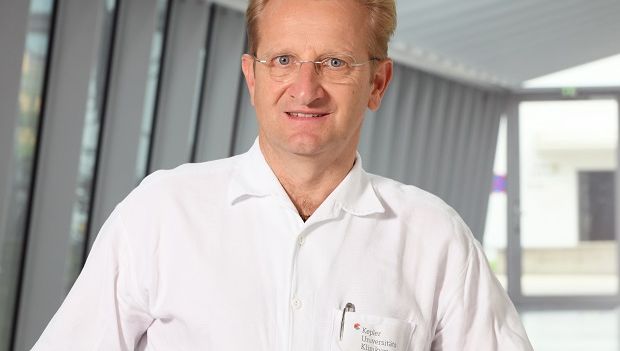Delivering Babies: Artificial Intelligence Detects Issues Before They Occur
JKU researchers are developing an innovative method to interpret cardiac activity.

Pregnant women are familiar with the procedure of a physician listening to and monitoring the baby's heartbeat before delivery. CTG (cardiotocography) is used as part of antenatal care and before delivery, as well as to monitor contractions during delivery. Peter Oppelt, head of the Department of Obstetrics, Gynecology and Gynecological Endocrinology at the Johannes Kepler University Linz remarked: “If there are problems, we can perform an emergency caesarean section.”
Positive Irregularities
What if we could detect problems before they even occur? The university professor added: “We know that so-called short-term variations occur in advance; these are a sign that the baby is doing well.” Before an emergency situation, these positive irregularities (in the millisecond range) become less frequent. Prof. Dr. Oppelt is involved in developing this type of “intelligent” CTG and says, “Artificial intelligence (AI) can detect patterns that are invisible to the naked eye, allowing us to identify potentially life-threatening situations before they even occur.” The procedure involves providing the AI with a large quantity of heartbeat recordings so that over time, the AI learns if any life-threatening danger is imminent or if everything is fine. This means, for example, there is enough time to respond and deliver the baby by scheduling a C-section.
The innovative CTGs are not only useful during delivery, but also during pregnancy. Prof. Dr. Oppelt: “We often give pregnant women the CTGs along with an iPad to take home.”
Option to Monitor at Home
A patch linked to the device is affixed to the patient's abdomen and the iPad sends the data directly to the hospital. According to Oppelt, the main advantage is finding a relatively high number of so-called false-positive and false-negative findings, particularly with regard to cardiac activity. In other words, the system detected issues that were not actually problems, and it was also not always possible to identify true life-threatening problems. Artificial intelligence is expected to significantly improve the situation. Oppelt believes strongly in modern technology and remarked: “We were the first in Austria to use these kinds of CTGs. We are just at the cusp of development.” AI is becoming a valuable diagnostic instrument and will only continue to become more important as technology advances. When counseling patients, however, the physician is also critical of artificial intelligence: “AI can only use the data it has been given.” When unexpected situations occur, humans cannot be replaced.
News

 Go to JKU Homepage
Go to JKU Homepage










